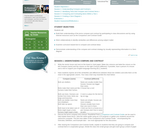
In this lesson, students learn to identify and analyze the compare and contrast text structure within expository texts.
- Subject:
- English Language Arts
- Material Type:
- Lesson Plan
- Provider:
- ReadWriteThink
- Author:
- Emily Manning
- Date Added:
- 02/26/2019

In this lesson, students learn to identify and analyze the compare and contrast text structure within expository texts.

Students read a passage about different types of patterns and answer questions based on the passage. An answer key is included.
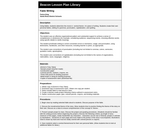
In this lesson students will use fables to determine the moral or central theme of a piece of writing. Students then create their own personal fables editing for grammar, punctuation, capitalization, and spelling.

Worksheets and activities with answer keys to help students of differing levels identify and/or determine the difference between fact and opinion in selected passages.

Students will be introduced to the drama and language of Shakespeare by delivering the famous last words of his characters. Students will infer character motivation from the text.

This resource contains figurative language games, activities, and tests.

This resource contains examples of each of the following types of figurative language: similies, metaphors, hyperbole, and personification.

This resource contains figurative language poems for various levels with text-based questions for each.

This resource contains figurative language worksheets with text-based questions and answer keys for each.
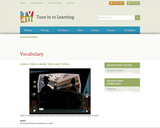
A short video on locating words in the dictionary that students are unable to spell.
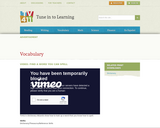
A short video on locating words in the dictionary that students are unable to spell.
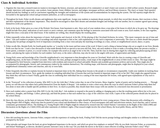
This resource is a collection of discussion questions and resoures to supplement the film, Finding Antwone Fisher.

Students read a paragraph about Rikki-Tikki-Tavi and write the main idea and supporting details. An answer key is included.

Students read a paragraph about the Meerkat and write the main idea and two supporting details. An answer key is included.

Students read each sentence and write the cause on the first line and the effect on the second line. An answer key is included.

This speech, presented as an address in 1927 to the mayor of Chicago, William Hale Thompson, sought to reform the stereotypical image of American Indians in history textbooks and classes. In this CCSS lesson, students will explore this history through text dependent questions, academic vocabulary, and writing assignments.
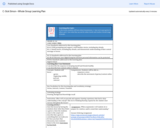
In this lesson students will learn about transmission: 1- how not to pass germs to others and 2- how what they say and do online travels and reaches a broad range of people.
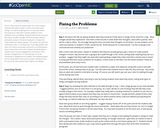
This is a PBL meant for grade levels 4-8. In this project, students will explore areas in their school that need “fixing.” It could be anything from an area that needs sprucing up to clubs that could be added to social problems such as bullying. Students will choose one area that they can affect change. The final product will be a persuasive essay to the person/people in charge that could make the change happen.
This project can work for individuals, pairs, or small groups. In younger grades, the class can choose one project and work as a whole group. If you choose this route, each student should be given a specific task to ensure engagement of everyone.
This activity is designed for 4-5 class periods. It can be shortened or lengthened as needed.
The standards given are for 6th grade, but the same number standards work for any of the other grade levels. Adjust accordingly.

A mentally challenged man is presented with an opportunity to have an operation that will triple his intelligence. The story chronicles the journey that he takes as his intelligence progresses and regresses. In this CCSS lesson, students will explore this story through text dependent questions, academic vocabulary, and writing assignments.

Johnny, the narrator, and McDunn, the lighthouse keeper (Johnny's boss), are working in a lighthouse on a November evening. McDunn shares his experience of witnessing strange sea mysteries, including the sighting of a monster that appears at this time each year. In this CCSS lesson, students will explore this story through text dependent questions, academic vocabulary, and writing assignments.